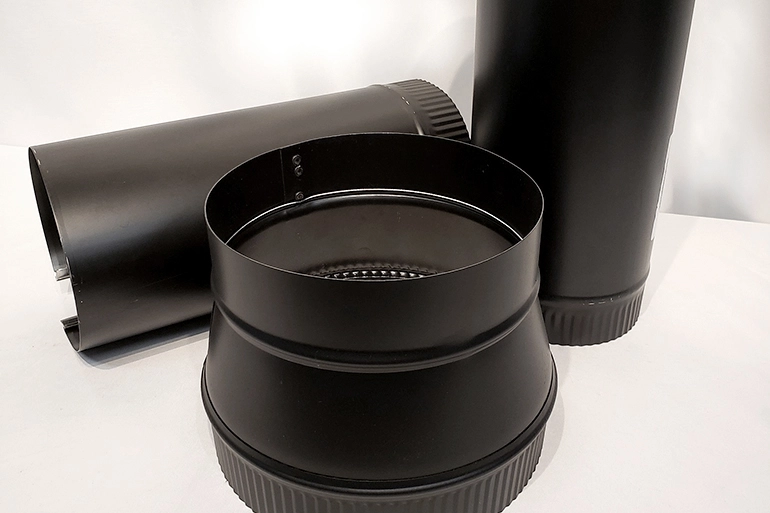Venting for Fireplace Inserts: How to Make the Right Selection
Did you know there are different types of venting for different fireplace inserts? There are six main ones to discuss. Those are direct vent co-linear, direct vent co-axial, b-vent, vent free, wood vent, and pellet vent. So, let's discuss each vent type and what it means for your fireplace insert selection.


